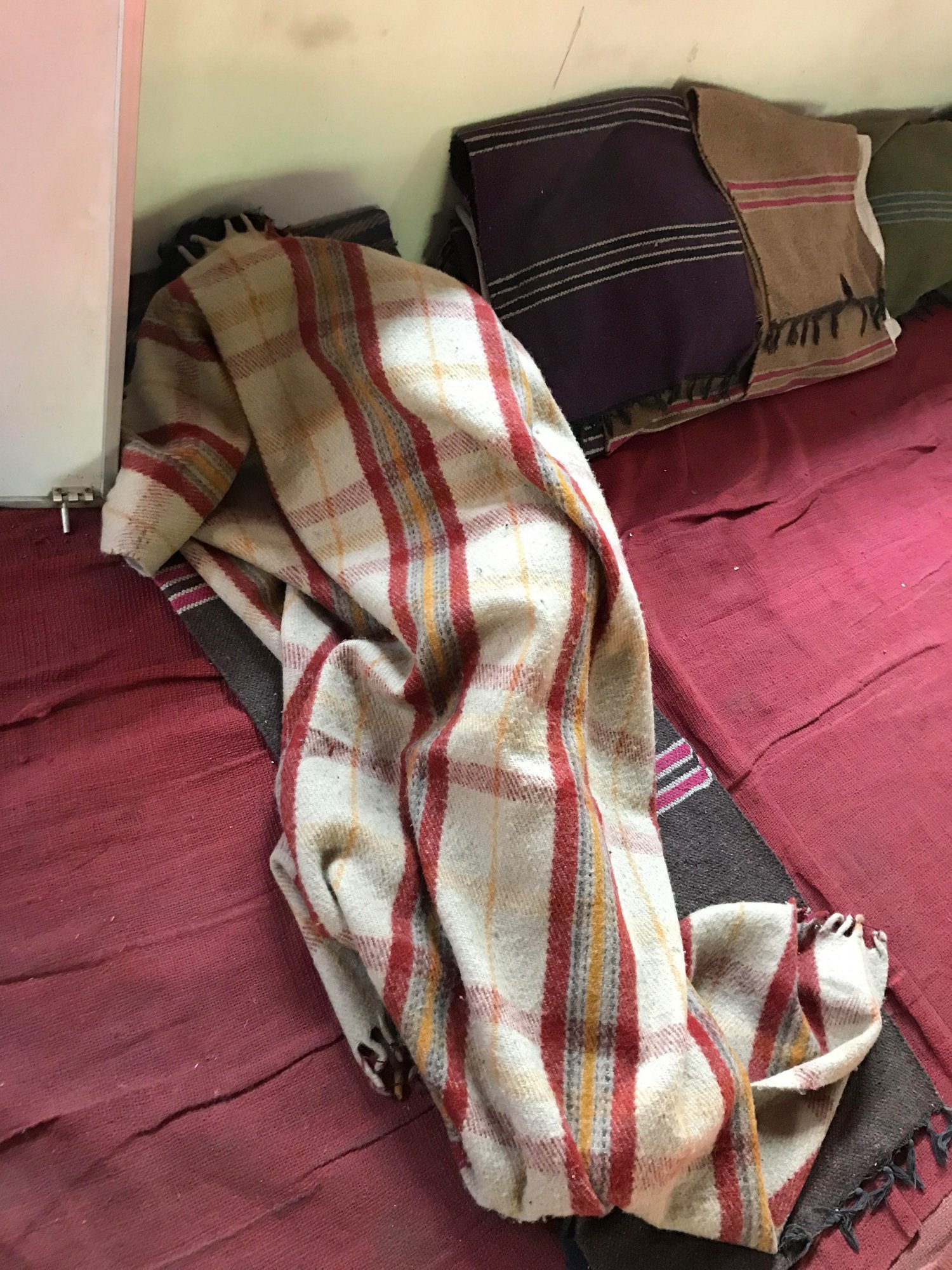billionBricks Founder & CEO Prasoon Kumar in front of Geeta Ghat Homeless Shelter for Men, managed by Centre For Equity Studies/ Aman Biradiri
By Manishankar Prasad
It was a cool Valentine’s Day morning, with a nip in the air when the billionBricks team led by Prasoon Kumar travelled an hour in the subway and cycle rickshaw from south Delhi to the banks of the Yamuna where we were invited to visit the urban homeless shelters (Ran Basera) by renowned Social Justice Activist Mr. Harsh Mander.
Delhi Urban Shelter Improvement Board, as per a senior official, has a capacity of 21, 724 beds this winter for the homeless. The location of the Geeta Ghat shelter is literally at the margins of the metropolis, next to the perennially polluted Yamuna River. The urban homeless, are the marginalized and vulnerable and this geographical juxtaposition at the banks of a river is rather apt. The male migrant construction worker at the metro construction site or the rickshaw puller is seen all over but retreats to a temporary space, which serves as security and a roof over the head.
The Geeta Ghat Shelter had two distinct shelters within the same facility; a general ward and a ‘recovery’ ward, a segregated section for tuberculosis patients, a biomedical lens for evaluating even the minority within the marginalized. Aman Biradiri does extensive work in the health space, running a street medicine initiative that ties in well with their homeless shelter work.
We observed many men wandering about on that morning sitting on the green perch soaking in the winter sun. These men, who occasionally work as manual labor in the wedding events sector, were loitering around. Mohammed Inam, the caretaker of the facility originally from Bihar shed some light regarding the intrinsic causes of urban homelessness:
‘Migrants come to the city to earn money and are not able to go home since they have not attained their objective of earning money to send back home. Hence they become homeless. In poverty, money is the main reason. They don’t have work.’
In the corner of the general shelter, there was an old injured man named ‘Tapan’, from the red soil Birbhum district in West Bengal, singing a wailing baul song; quite emblematic of the despair of the voiceless, where housing is temporary but misery is permanent.
Later on in the day, the billionBricks team also visited the Kilkari Homeless Girls Shelter, nestled in between the historic Kashmere Gate area, housed in an Archeological Society of India certified building where a single shift government school operates. 120 girls use 3 toilets in the facility. The marginalized again utilize mediocre facilities although this might be the best option available for the girls.
The trade off for the urban homeless is often between freezing to death, getting robbed, assaulted violently and poor conditions in the government shelters, where shelter management agencies or non profits are often paid paltry sums with a six month phase lag, where caretaker salaries and electricity bills have to be paid. Disruptive solutions such as billionBricks WeatherHYDE solution for the homeless are available to convulse this quotidian binary in between a government homeless shelter and sleeping out in the cold.









